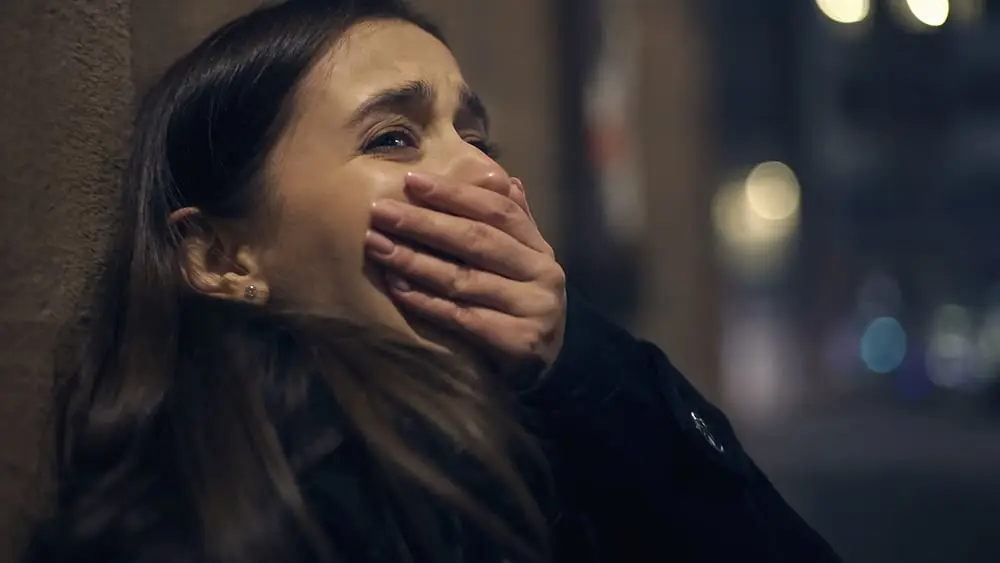Panic disorder is a mental health condition marked by repeated surges of overwhelming fear and distress that strike without warning, often without any apparent cause.
Having one or two panic attacks does not mean you have panic disorder. However, panic attacks that happen frequently enough can make you change your behavior by avoiding places or circumstances that have caused you problems in the past. Untreated panic disorder can also co-occur with other health conditions, including depression and substance abuse.
Understanding Panic Attacks
Panic attacks are intense, unpredictable episodes of terror that manifest physically and emotionally. Despite the absence of immediate danger, these attacks can be severe enough to feel life-threatening, severely affecting your well-being and ability to function.
Common symptoms during a panic attack include:
- Pounding or rapid heartbeat
- Sweating
- Trembling or shaking
- Shortness of breath or a feeling of being smothered
- Feelings of impending doom
- Fear of losing control
- Chest pain
- Nausea or abdominal distress
- Dizziness or lightheadedness
- Numbness or tingling sensations
- Chills or hot flashes
The Impact of Panic Disorder
While panic disorder is not directly life-threatening, its effects can be profoundly destabilizing. Worries about future panic attacks can lead you to restrict your life, therefore affecting your relationships and responsibilities.
If left untreated, panic disorder can lead to various complications, including:
- Development of specific phobias, particularly of situations or environments where panic attacks have occurred
- Avoidance of social situations, leading to social isolation and depression
- Increased risk of related mental health issues
- Suicidal thoughts or behaviors in severe cases
- Self-medicating with alcohol or drugs, which can cause you to develop a substance use disorder
Co-Occurring Panic Disorder and Substance Abuse
Panic disorder and substance misuse often have a complex and bidirectional relationship. Relying on alcohol or drugs to alleviate your intense anxiety or manage upsetting panic attack symptoms can make your condition worse by creating a cyclical pattern that can be challenging to break.
- While alcohol may be temporarily calming, it is a depressant that can make you more anxious and increase the frequency of panic attacks as the effects wear off.
- Benzodiazepines, which doctors often prescribe for anxiety, have a high potential for addiction and abuse. If you suddenly stop taking a medication like Xanax, you may experience severe withdrawal symptoms that can mimic or worsen panic attack symptoms.
Treating Panic Disorder
Panic disorder will not go away by itself. While there is no known cure, a combination of psychotherapy, medication and lifestyle changes can help you manage your anxiety and prevent future panic attacks.
- Cognitive behavioral therapy can be highly effective for treating panic disorder. CBT works by teaching you how to identify the unhelpful patterns and behaviors that trigger panic attacks and how to adjust your responses to anxiety-provoking situations.
- Prescription antidepressants and anti-anxiety drugs can keep panic disorder from worsening when taken as directed under a doctor’s supervision.
- Coping strategies like stress management, regular physical activity, and adequate sleep, can also be valuable tools to reduce panic disorder symptoms.
Hope by the Sea –Your Partner in Recovery
At Hope by the Sea, we recognize that panic disorder can be profoundly impactful, especially when it co-occurs with a drug or drinking problem. We have developed our dual-diagnosis treatment programs to meet your unique needs with a blend of therapeutic modalities tailored to help you put your life back together. Make your confidential call to our California rehab center today.

